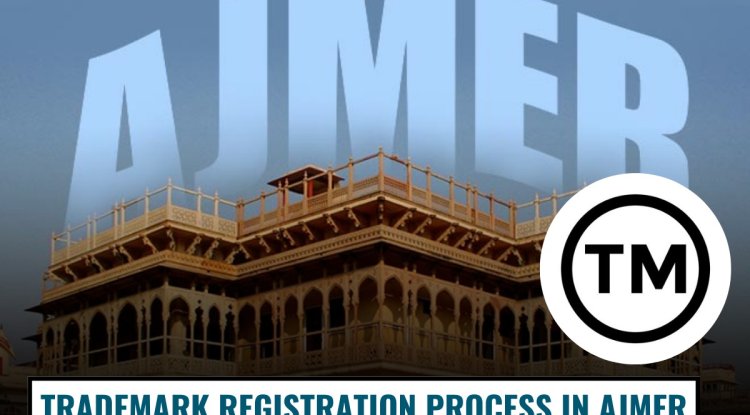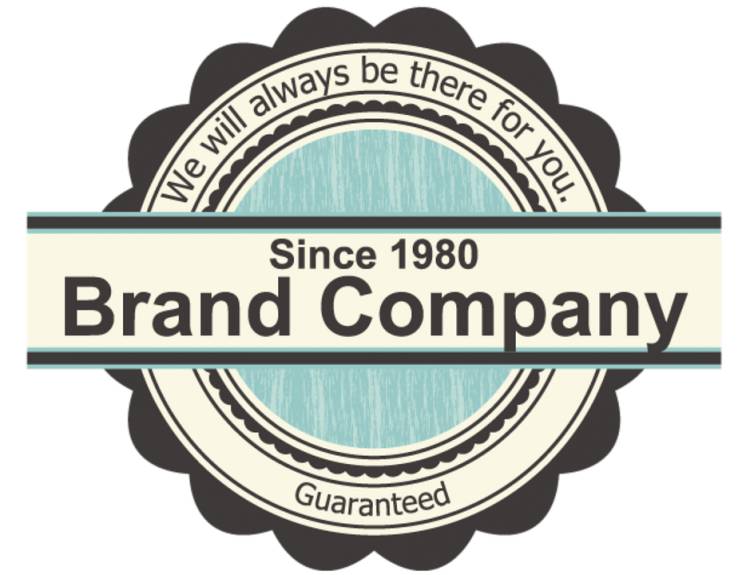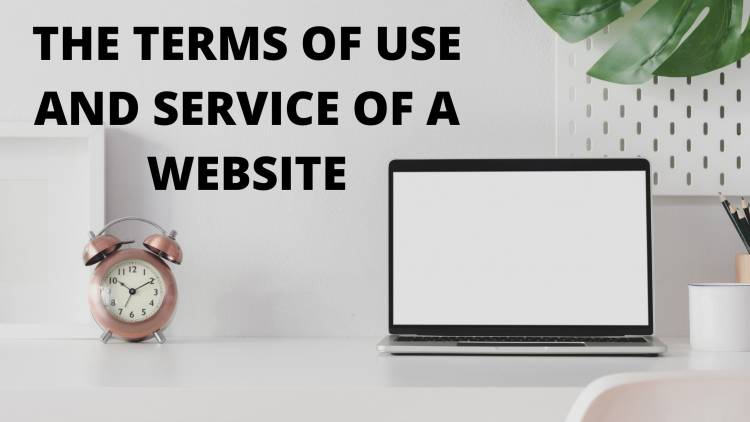A study on the ownership and duration of different rights under copy rights
By granting authors the sole right to use their creations, copyright law guarantees that they maintain control over their usage and reap financial rewards. However, the nature of the work and the legal systems of various jurisdictions affect who owns these rights and how long they last. The subtleties of copyright ownership are examined in this article, along with the responsibilities of authors, employers, and co-creators. Additionally, it looks at how long copyright protection lasts and how it varies for audiovisual, musical, and literary works. Understanding ownership arrangements and the duration of protection is crucial for both authors and users of copyrighted work, as technological improvements increase the amount of content created.

INTRODUCTION
The exclusive right to reproduce, distribute, and license one's own creations is granted by copyright law. However, copyright ownership can get complicated, particularly when there are several collaborators, employers, or creators. Furthermore, the length of copyright protection varies by jurisdiction and is contingent upon the type of work. Because they establish who controls the work and for how long, ownership and duration are essential components of the copyright regime's operation.
It is essential for both artists and users to comprehend the rules governing copyright ownership and duration. While users need to know when and how they can lawfully access or use copyrighted material, particularly after it enters the public domain, creators need clarity on how they can protect and monetise their work. This article delves into the legal framework surrounding ownership and duration of copyright to provide a comprehensive overview of these key concepts.
Ownership of Copyright
Ownership of copyright refers to the legal recognition of who has the rights to control and benefit from the copyrighted work. Generally, copyright ownership rests with the author or creator of the work, but there are several exceptions, including work-for-hire arrangements, joint authorship, and transfers of ownership.
1. Individual Authorship
The default rule under most copyright laws is that the author or creator of a work is the initial owner of the copyright. This applies to various types of creative works, such as books, music, paintings, and films.
- Example: If a novelist writes a book, the copyright initially belongs to the novelist, giving them exclusive control over its reproduction and distribution.
2. Joint Authorship
When multiple individuals collaborate to create a work, joint authorship arises. In such cases, the copyright is shared among the creators, and each author has an undivided right to exploit the work, subject to any agreements between them.
- Example: In a music band, both the lyricist and composer may be recognized as joint authors, with shared ownership of the song.
Challenges: Joint authorship can lead to disputes over the division of royalties and control over licensing decisions, particularly when no clear agreement exists among the collaborators.
3. Work-for-Hire and Employer Ownership
In some cases, copyright ownership does not reside with the creator but instead with an employer or commissioner under a work-for-hire doctrine. This occurs when the creator produces the work within the scope of their employment or under contract.
- Example: If a graphic designer creates a logo for a company as part of their employment, the copyright in the logo belongs to the employer, not the designer.
This arrangement ensures that businesses retain ownership of the intellectual property generated by their employees, facilitating commercial exploitation. However, disputes can arise when the boundaries between personal and work-related creations are unclear.
4. Assignment and Licensing of Copyright
Copyright can also be assigned or licensed to others. Assignment involves the transfer of ownership rights to another party, often in exchange for financial compensation. Licensing, on the other hand, allows others to use the copyrighted work while the original owner retains ownership.
- Example: A photographer may assign the copyright of a photograph to a magazine, or license it to multiple users for specific purposes, such as advertising or online use.
5. Moral Rights and Ownership
Even when copyright ownership is transferred, moral rights often remain with the original creator. Moral rights include the right to be identified as the author and to object to any distortion or misuse of the work that could harm the creator’s reputation.
Duration of Copyright
The duration of copyright determines how long the creator or owner enjoys exclusive rights over the work. After this period, the work enters the public domain, where it becomes free for public use. Different types of works have varying durations of protection, with most jurisdictions following the general framework established by the Berne Convention for the Protection of Literary and Artistic Works.
1. General Rule: Life of the Author plus 50 or 70 Years
For most literary, artistic, and musical works, copyright lasts for the life of the author plus an additional 50 or 70 years after their death.
- 70 years posthumous duration is standard in the United States, European Union, and India.
- 50 years posthumous duration is applied in some other countries, such as Canada and New Zealand.
This extended period ensures that the creator’s descendants can benefit from the work before it becomes available to the public.
2. Anonymous and Pseudonymous Works
For works published anonymously or under a pseudonym, the copyright duration is generally 50 to 70 years from the date of publication or creation, depending on national law.
3. Corporate and Work-for-Hire Works
When a work is created under a work-for-hire arrangement or owned by a corporation, the copyright duration is typically 95 years from the date of publication or 120 years from the date of creation, whichever comes first (as in the U.S.).
This ensures that businesses can commercially exploit their intellectual property for an extended period before the work enters the public domain.
4. Audiovisual Works and Sound Recordings
Copyright duration for films, television shows, and sound recordings varies depending on the jurisdiction:
- EU and India: 70 years from the date of publication or release.
- U.S.: 95 years from publication for sound recordings under corporate ownership.
5. Exceptions and Early Entry into Public Domain
Some works may enter the public domain earlier due to non-renewal of copyright or because the creator has intentionally released the work into the public domain through Creative Commons licensing. Public domain works are free for everyone to use without restrictions.
Implications of Ownership and Duration of Copyright
1. Balancing Incentives and Public Access
Copyright ownership and duration aim to balance the need to incentivize creators through exclusive rights and the public’s interest in accessing cultural works. Long copyright durations ensure creators benefit from their works, but overly long protections may hinder public access.
2. Challenges with Digital Content
In the digital age, the rapid creation and distribution of content raise new questions about ownership and duration. Issues such as orphan works (where the author is unknown or untraceable) complicate copyright management, while platforms like YouTube require sophisticated tracking mechanisms to ensure compliance with copyright laws.
3. Transition to the Public Domain
The public domain plays a critical role in encouraging innovation and creativity, as new works can be built upon older ones without legal restrictions. Understanding when and how works enter the public domain allows users to take advantage of these resources legally.
Conclusion
Copyright ownership and duration are fundamental pillars of intellectual property law, ensuring that creators can benefit from their works while promoting cultural development. Ownership rules provide clarity on who controls the rights to a work, whether it is an individual author, a business under a work-for-hire arrangement, or multiple joint authors. The duration of copyright offers creators long-term protection, but it must also strike a balance with public access to foster creativity and innovation.
In the digital era, evolving technologies and cross-border content sharing present new challenges to copyright enforcement. Clear frameworks for ownership and practical understanding of copyright durations are essential to maintaining a healthy creative economy. By addressing these challenges and promoting awareness, the copyright regime can continue to support both creators and the public in a balanced and effective manner.
This article offers an in-depth analysis of the ownership and duration of different rights under copyright law, emphasizing the importance of these concepts in fostering creativity and ensuring fair compensation for creators. As technology and content creation evolve, continuous efforts to refine copyright frameworks are necessary to meet the demands of the modern world.












